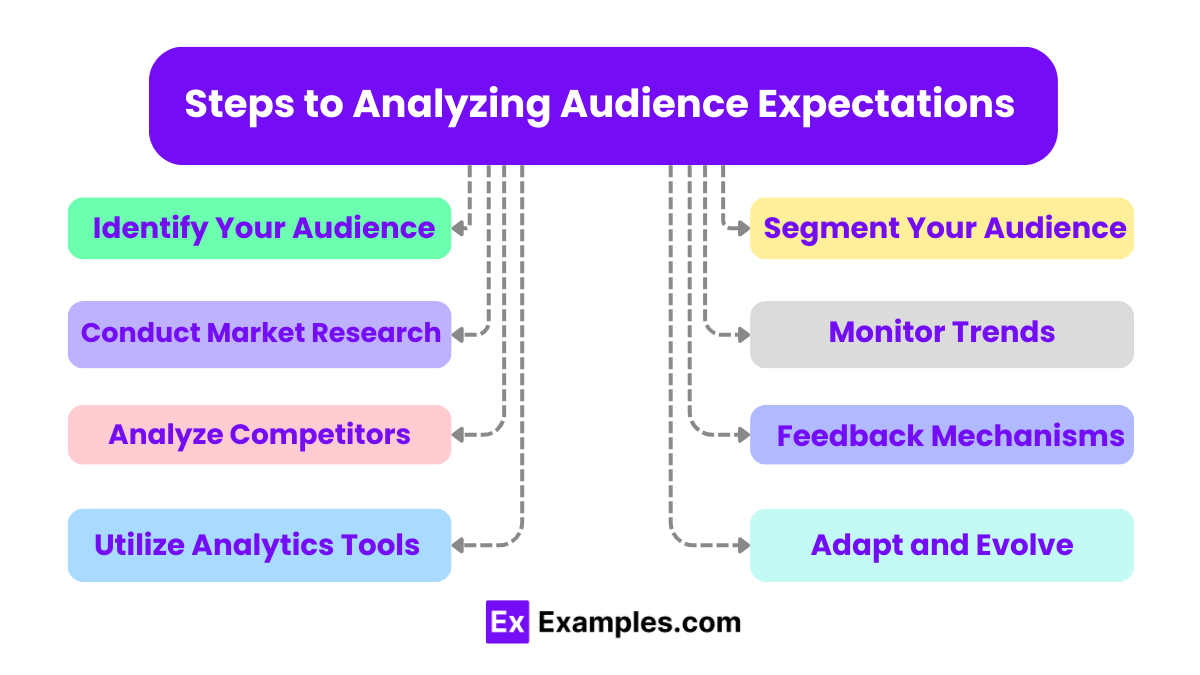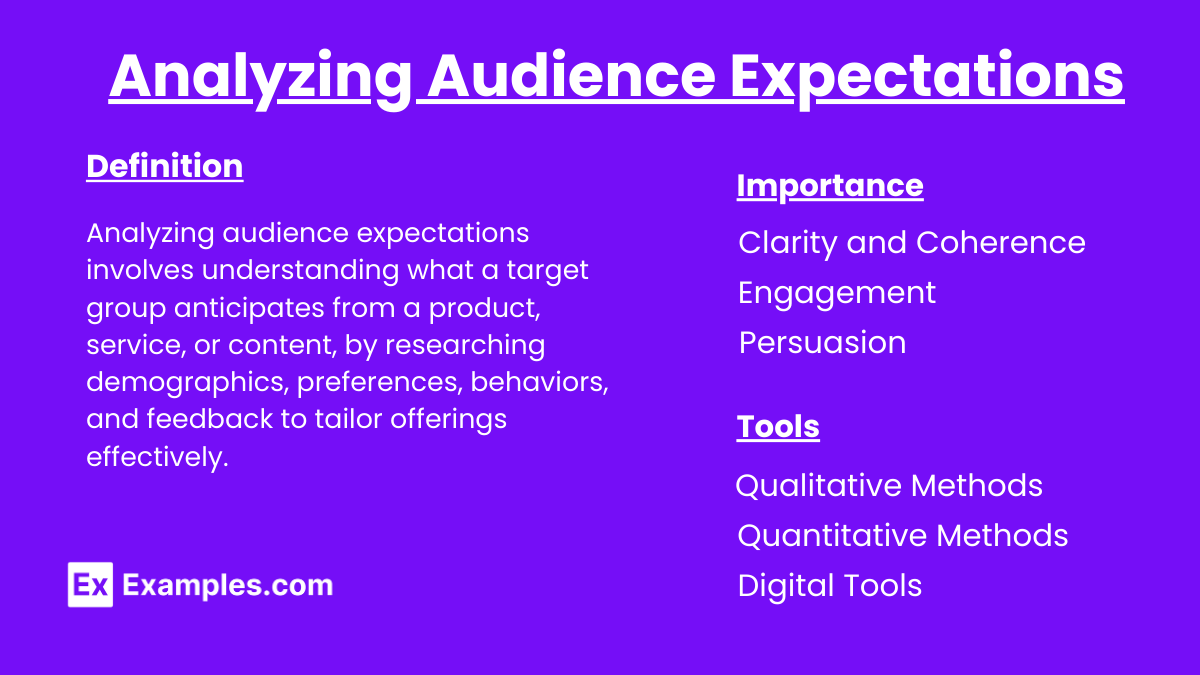In the realm of AP English Language and Composition, audience expectations play a crucial role in shaping how writers craft their essays, arguments, and analyses.
Free AP English Language and Composition Practice Test
Learning Objectives:
Understanding these expectations is essential for effectively engaging and persuading readers. Let's delve into the nuances of audience expectations in this context. In AP English Language and Composition, students are tasked with analyzing and crafting arguments that are clear, coherent, and compelling. Central to this endeavor is the awareness of audience expectations.
Audience Expectations
Audience expectations refer to the anticipations, assumptions, and desires that readers bring to a text. These can include expectations about the form, style, tone, and content of a piece of writing. In an academic setting, particularly in AP English Language and Composition, these expectations are shaped by the conventions of academic writing, the norms of the discipline, and the specific requirements of the AP exam.
Importance of Audience Expectations
Clarity and Coherence: Knowing what your audience expects helps you organize your ideas in a clear and logical manner. This makes your writing more accessible and easier to follow.
Engagement: Meeting the expectations of your audience helps keep them engaged. When readers find what they anticipate, they are more likely to stay interested and be receptive to your arguments.
Persuasion: In argumentative writing, aligning with audience expectations enhances your ability to persuade. Understanding your audience’s values, beliefs, and knowledge base allows you to tailor your arguments to resonate more effectively.
Steps to Analyzing Audience Expectations

1. Identify Your Audience
Collect demographic, psychographic, and behavioral data to understand your target audience.
2. Conduct Market Research
Use surveys, interviews, and social media analysis to gather insights into audience preferences and expectations.
3. Analyze Competitors
Perform benchmarking and review analysis to compare your offerings with competitors and identify areas for improvement.
4. Utilize Analytics Tools
Leverage web analytics, social media analytics, and CRM data to understand user behavior and engagement.
5. Segment Your Audience
Create personas and tailor your content to meet the needs and preferences of different audience segments.
6. Monitor Trends
Stay updated with industry reports and use trend analysis tools to track current and emerging trends.
7. Feedback Mechanisms
Implement feedback loops and usability testing to continuously gather and act on user feedback.
8. Adapt and Evolve
Regularly update strategies and innovate based on feedback and trend analysis to meet future audience needs.
Tools Used to Analyzing Audience Expectations
Qualitative Methods: Focus groups, in-depth interviews.
Quantitative Methods: Surveys, data analysis.
Digital Tools: Google Analytics, CRM software, social media monitoring tools.
Examples Analyzing Audience Expectations
Scenario: A company is preparing to launch a new fitness app targeted at young professionals.
1. Identify Your Audience
Target young professionals aged 25-35, working in urban areas, health-conscious, tech-savvy, and interested in fitness and wellness.
2. Conduct Audience Research
Use surveys, questionnaires, interviews, and focus groups to understand fitness routines, pain points, and desired features.
3. Analyze Competitors
Benchmark against MyFitnessPal, Fitbit, and Nike Training Club, and analyze reviews to identify gaps and common complaints.
4. Utilize Analytics Tools
Leverage social media analytics and web analytics to understand discussions and engagement related to fitness topics.
5. Segment Your Audience
Develop personas like "Busy Professional" and "Fitness Enthusiast," and tailor content to their specific needs.
6. Monitor Trends
Stay updated on fitness trends through industry reports and tools like Google Trends.
7. Gather Feedback
Implement in-app surveys and usability tests to continuously refine features based on user feedback.
8. Adapt and Evolve
Regularly update the app with new features and innovations like AI-driven recommendations, and track KPIs such as CSAT, NPS, engagement, and conversion rates.


